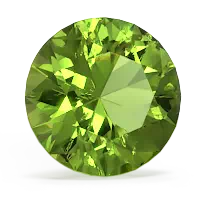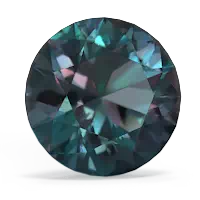


Legends say that wearing a peridot pendant can bring happiness and contentment. Set in gold and surrounded with diamonds, the power of a peridot is said to intensify. Tanzanite is the gem of fortune and luck. A tanzanite pendant is said to ease stress and free one from bad habits. Although a relatively new gem, alexandrite is said to bring pleasure and love. Wear a created alexandrite pendant to attract the man of your dreams.